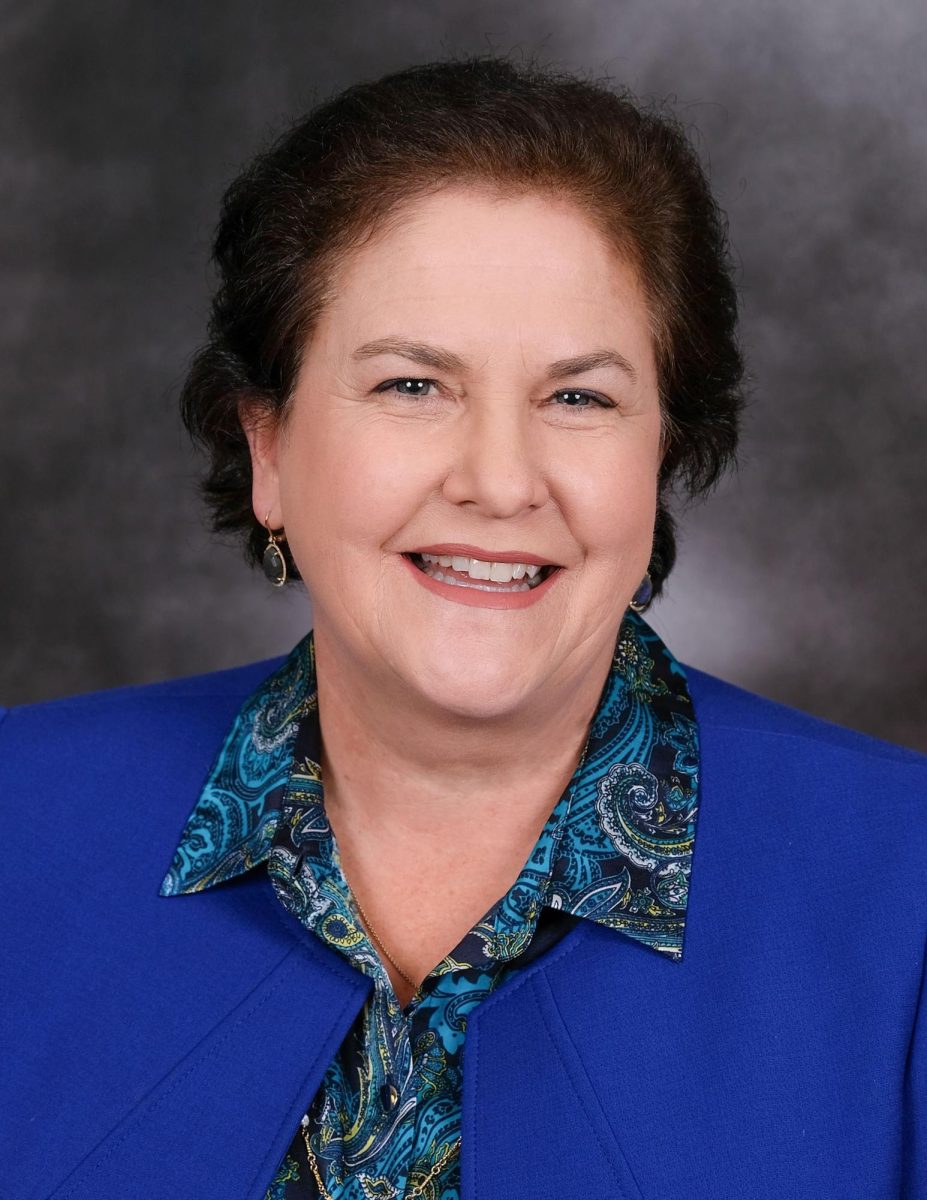Picture this: The bell rings. Hoards of students simultaneously surge out of classrooms and stumble through over-packed hallways. In their attempts to make it outside, students get jostled in the crowd, and struggle to stay on their own two feet. Teachers, on the other hand, avoid this mess at all costs, and remain in their rooms until the initial flood drains away. The environment isn’t chaotic, nor is it unruly, but everything is a tad too cramped for comfort.
It’s lunch time at Redwood High School.
Enrollment at school has gradually increased since 1993, when 1,062 students attended, according to the California Department of Education. This year, 1,785 enrolled students roam our halls, 493 of whom are freshmen, making this year’s freshman class the largest in more than 20 years.

As enrollment numbers increased, concerns regarding the quality of education arose among parents and students alike. Does a larger number of enrollees truly dilute students’ learning environment? Counselor Lynne Kennedy doesn’t think so.
“The reason teachers aren’t feeling a big effect is that our class sizes didn’t have to get bigger because the district hired more staff to accommodate the increased number of students,” Kennedy said. “It’s a testament to our funding in this district.”
According to Kennedy, increased enrollment has resulted in the hiring of new staff in every department.
“Our schedule is student-driven, so it’s important for us to get the numbers from students of classes they want to take so Mr. Sondheim and the district office can decide how the numbers translate into teaching bodies for each of the departments,” Kennedy said. “Mr. Sondheim did a phenomenal job staffing and building what we call the master schedule, the big puzzle of what’s offered every period. He’s the mastermind of the master schedule.”
When formulating the master schedule, counselors and administrators make sure not to exceed a class’s maximum capacity, which varies from subject to subject, and is determined based on the type of work in a class.
The maximum class sizes this year typically fall between 25 to 30 students, excluding Physical Education, which has a maximum class size of 39 students. According to Kennedy, only three or four class sections are at maximum capacity.
“For the most part, it felt like there was a little more wiggle room in scheduling students this year,” said Kennedy. “We had a little more flexibility with the staffing ratio, and it felt like fewer classes were as full as they had been in the last few years.”
According to math teacher Julie Norwood, the math department collectively decided to make calculus classes larger in order to maintain a smaller student-to-teacher ratio in the lower level classes. As a result of increased enrollment, the math department grew significantly this year due to the introduction of new teachers and more math sections.
“You’d much rather have a calculus class at 30 than an Algebra at 25 or 30 because [calculus students] are independent, older, and in a higher level math class,” Norwood said.
While 5 sections of calculus are being taught, a record-breaking 20 sections of geometry have been split up between eight or nine different teachers, according to Norwood.
Kennedy noted a negative consequence of increased enrollment in terms of scheduling: fewer free periods.
According to Kennedy, in order to meet the needs of all students, more required classes had to be offered during 7th period.
“The people who wanted a free seventh period were shocked when we couldn’t accommodate,” Kennedy said. “That was probably, from a counseling perspective, the hardest thing since most kids who want a free seventh period have very good reasons for needing it.”
Students who were granted a free seventh period were chosen by a lottery in the scheduling computer.
“The computer prioritizes academic classes, gender balance, etc. over free seventh’s,” Kennedy said. “Most of the kids who wanted it just couldn’t get it, and Mr. Sondheim said that trend is going to continue at Redwood.”
For teachers, the most challenging aspect of increased enrollment is room sharing.
Mitch Cohen, AP Environmental Science and Integrated Science teacher, who has taught at Redwood for 20 years, said he first started sharing a classroom last school year.
“For decades, pretty much all teachers had their own classroom,” Cohen said. “During the periods that I wasn’t teaching, I had my classroom to set things up. Now, it’s challenging to find a quiet space to work because there’s another teacher.”
Even though it’s inconvenient to not prepare for classes in the rooms in which he teaches, Cohen said he has made accommodations.
“Ultimately, at the end of the day, is it going to impact your education because I had to share my classroom? Probably not,” Cohen said.
Cohen, who has witnessed the global population double in his lifetime, believes Redwood is already taking effective measures to account for our own microcosmic population increase.
“We can help to minimize our ecological footprint through the lifestyle that we pick,” Cohen said. “Redwood has already taken measures to a certain degree. The art building that you see out there was a result of the projections of increased enrollment. We have the footprint here to accommodate for more students, and we can add more classrooms if need be.”
College and Career Center Specialist Paula Vantrease, who attended Redwood between 1967 and 1971, said that more classrooms were utilized to host Redwood’s entire population. Vantrease estimated that approximately 2,400 students were enrolled at the time.
“There were about the same number of students in each of my classes as there are now,” Vantrease said. “But you have to stop and think. We had more teachers, and we didn’t have the computer labs, so more classrooms were available.”
According to Vantrease, Redwood’s classroom layout was entirely different. The only rooms that have remained in the same location are the library, and the counseling office.
The classroom layout of Vantrease’s time was, in part, due to the fact that Redwood offered a variety of different classes when Vantrease attended, including chorus, jewelry making, and home economics, among others.
Accommodations for Redwood’s large population size were not just limited to the classrooms. The Covered Eating Area (CEA) was truly a covered eating area, which allowed for more students.
“We had the inside of the CEA, but you could get food from two sides, and on the other side, where the district office is now, you could get food and eat in an open covered eating area,” Vantrease said.
Even though Redwood was overpopulated when Vantrease attended, she thinks Redwood feels more crowded now.
“We actually used our lockers, and you only carried the books that you needed,” Vantrease said. “We didn’t have backpacks! Backpacks take up a lot of space, so I don’t feel like the halls were any more crowded then than they are now.”
Despite the large population size, Vantrease met some of her closest life-long friends at Redwood.
“There’s no way I could have gotten to know the 600 students in my grade, but even though it was bigger, my closest friends are still some of the friends I had in elementary and high school,” Vantrease said. “I found my people, and then size didn’t matter.”











